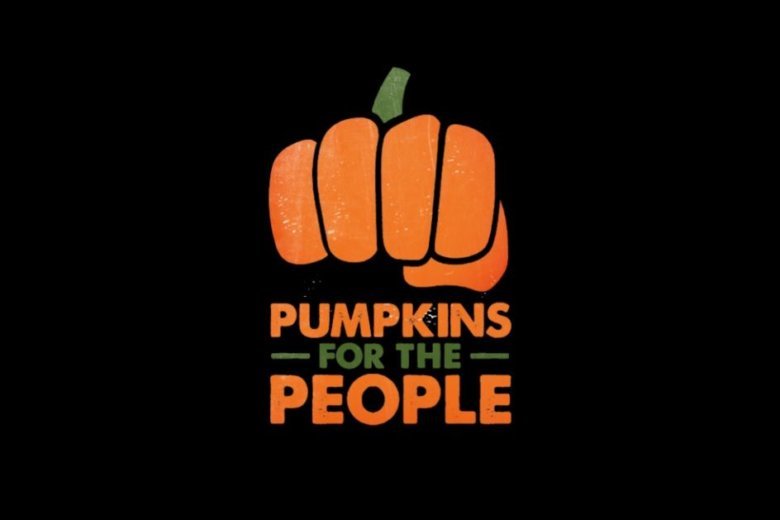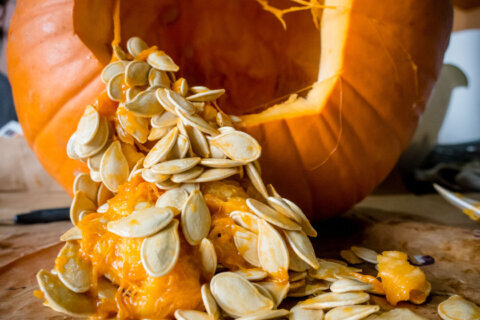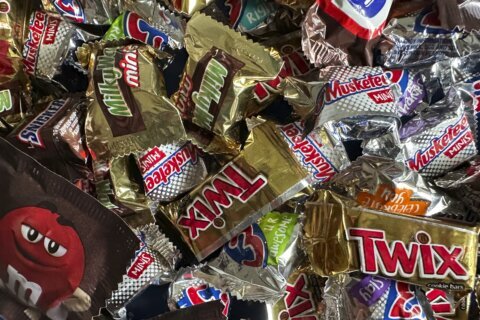
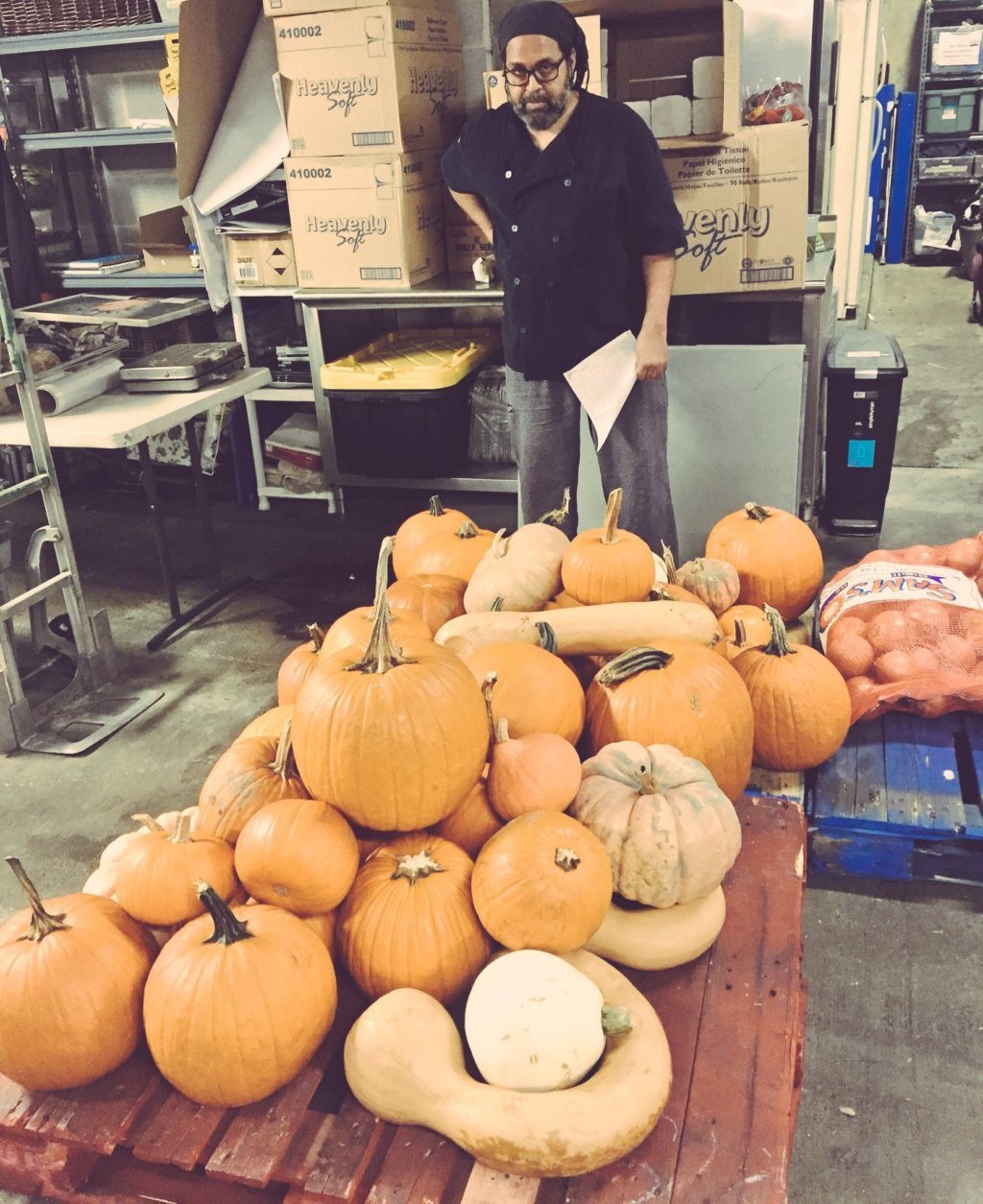
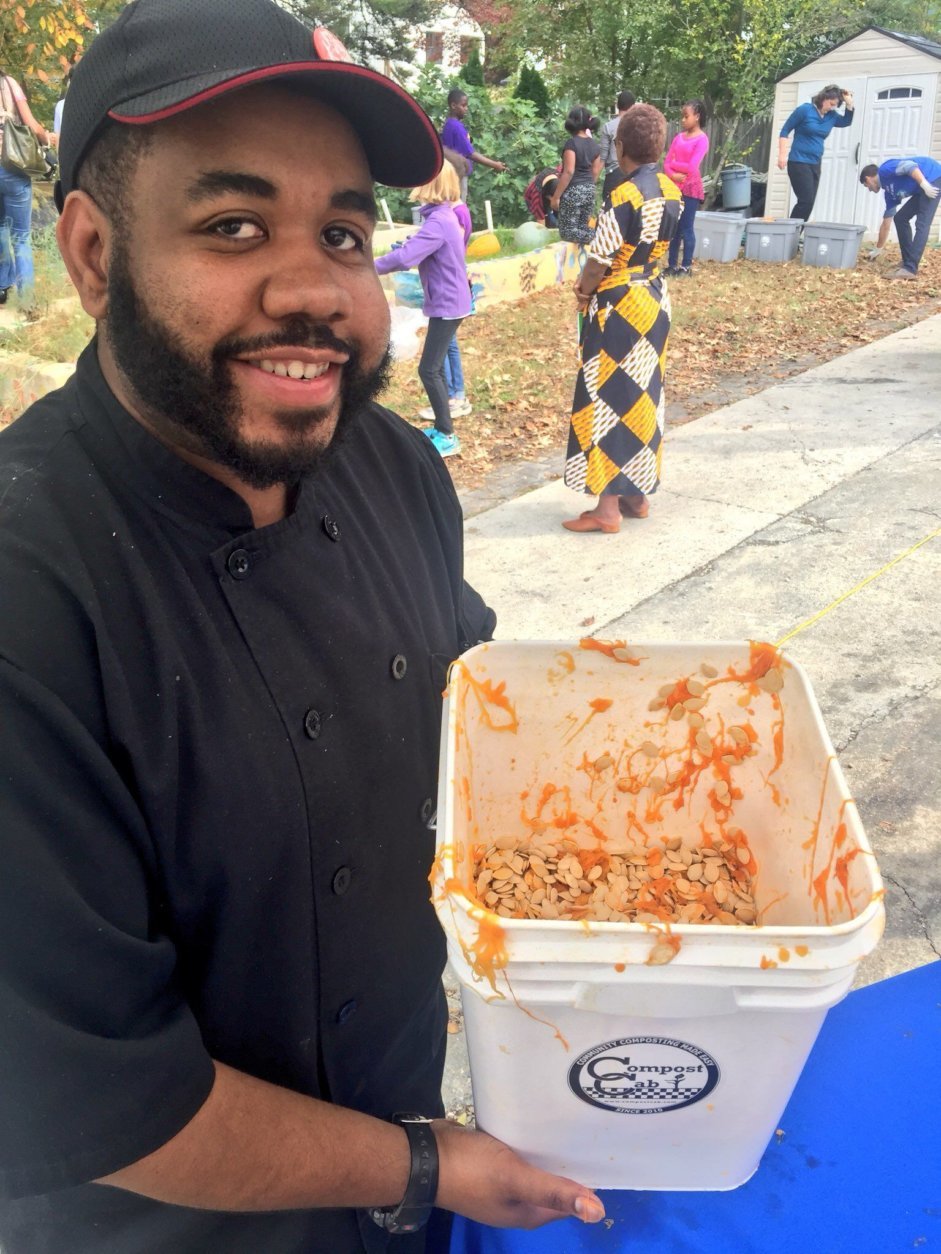
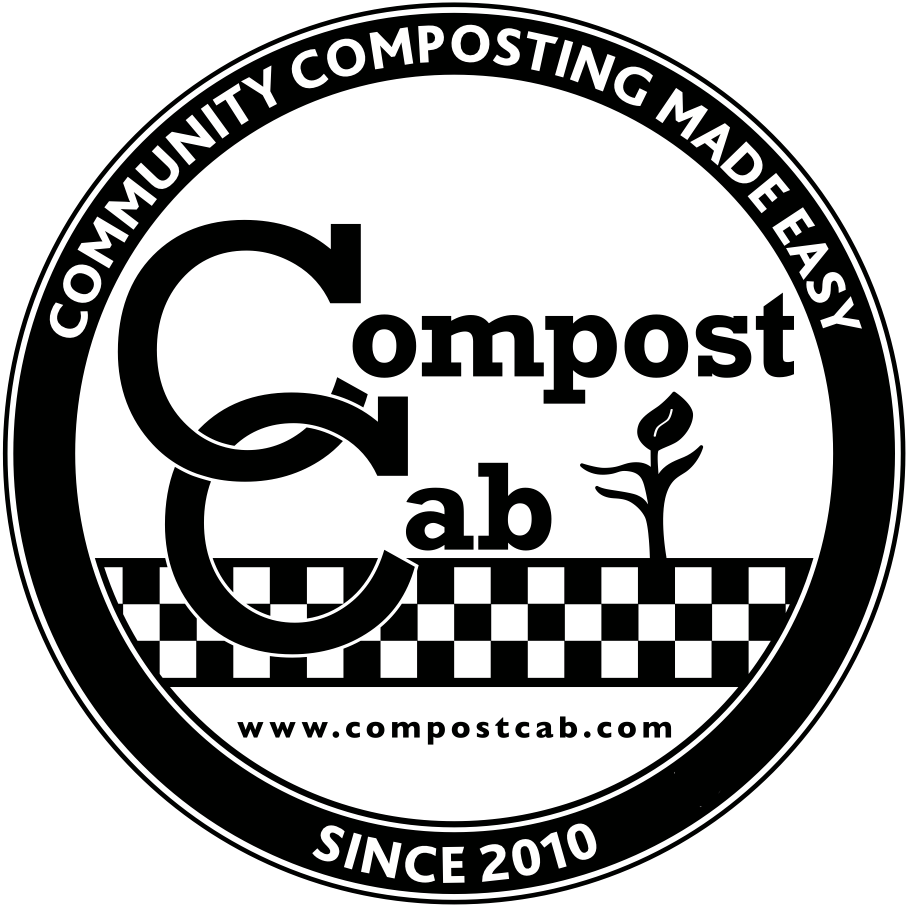
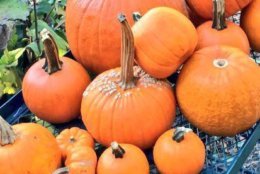
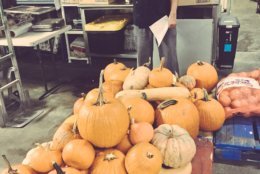
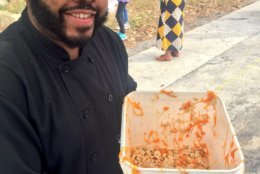

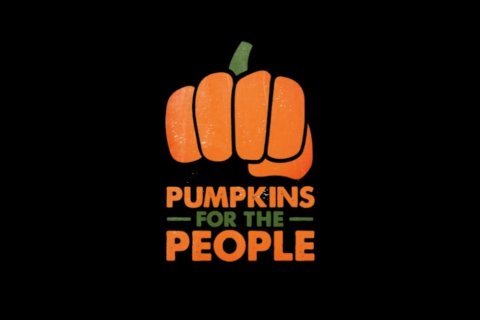
WASHINGTON — Not sure what to do with your jack-o’-lanterns after Halloween has passed? Consider donating them.
Pumpkins for the People is among a coalition of groups collecting pumpkins that might otherwise end up in a landfill so they can be composted or turned into food.
“Last year we rescued over four tons of pumpkins and donated 2,500 pounds of edible pumpkins to organizations in the community that go to feed people in need,” Founder and CEO of Agricity Jeremy Brosowsky said.
Composting pumpkins that have been painted or cut into jack-o’-lanterns is better for the environment than putting them in the trash.
“When the go to a landfill, they start to break down anaerobically and they turn into methane and that’s a greenhouse gas that’s 20 times worse than CO2 and we don’t want that,” Brosowsky said.
Pumpkins are nutritious, but only about 20 percent that are grown each fall are eaten, according to Zero Waste D.C.
The District’s Food Waste Drop-off Program is collecting pumpkins on Saturday, Nov. 3 and Sunday, Nov. 4 at participating farmers markets throughout the city.
Brosowsky’s group also runs a service called Compost Cab that will pick them up from your home.
“We are in the sustainability business and we are specifically in the urban agriculture and community composting business,” Brosowsky said. “We are a for-profit, but we are a socially oriented business. No one’s getting rich doing this, we’re just trying not to get poor doing it.”
Compost Cab collects food scraps from residents and businesses throughout the greater Metro D.C. area.
Waste donations dropped off at D.C. farmers markets this weekend will be turned into compost, “an environmentally friendly-soil amendment,” according to Zero Waste D.C.
“Last year, the weekend after Halloween set the record for the highest volume of drop-offs, with 7,764 pounds collected,” Department of Public Works Director Chris Shorter said in a statement. “With more and more residents utilizing our food waste drop-off’s each month, we expect to set a new record this year.”
Edible pumpkins will be given to organizations such as Martha’s Table, Miriam’s Kitchen, D.C. Central Kitchen and the FreshFarm FoodPrints program.

